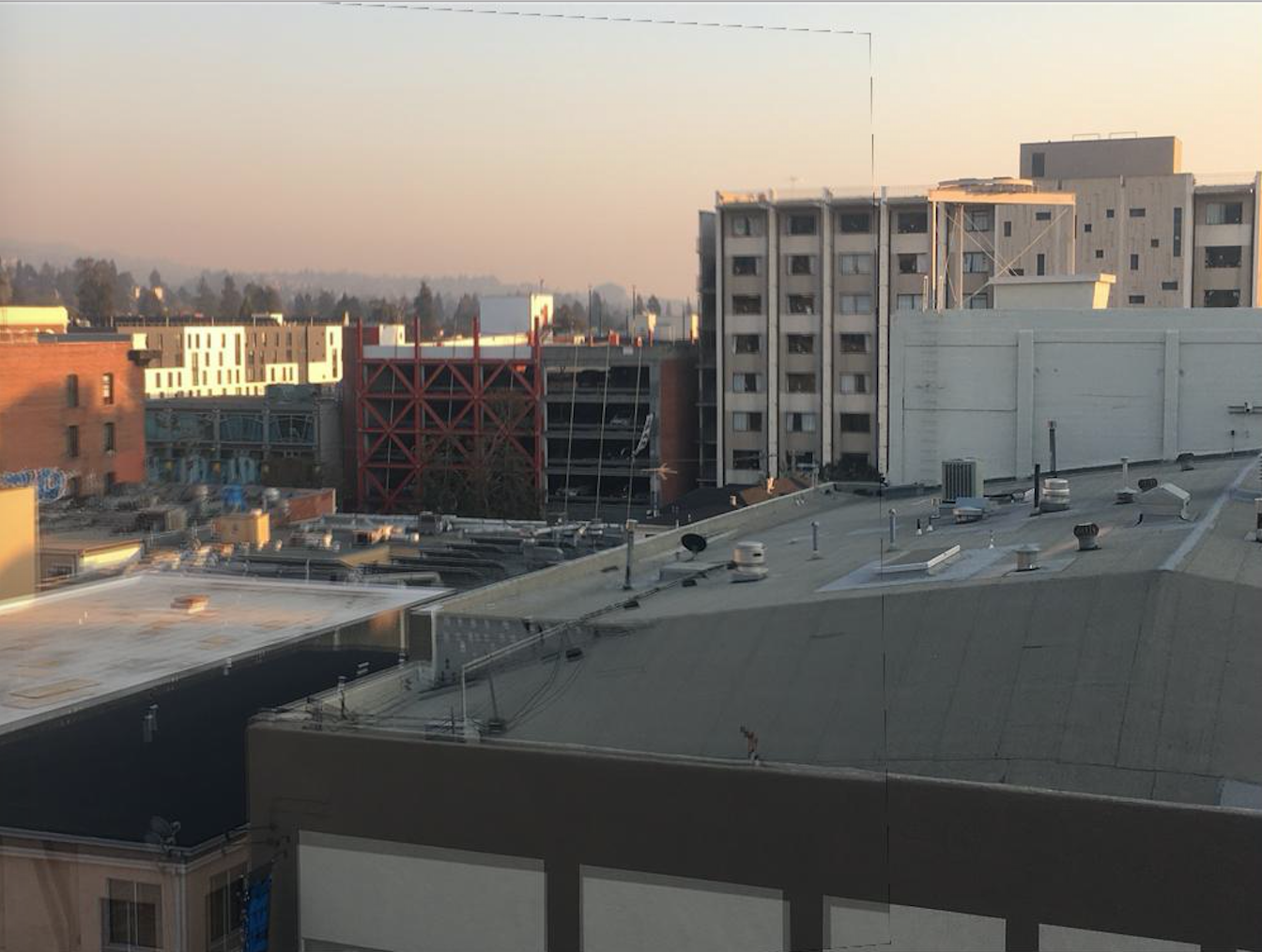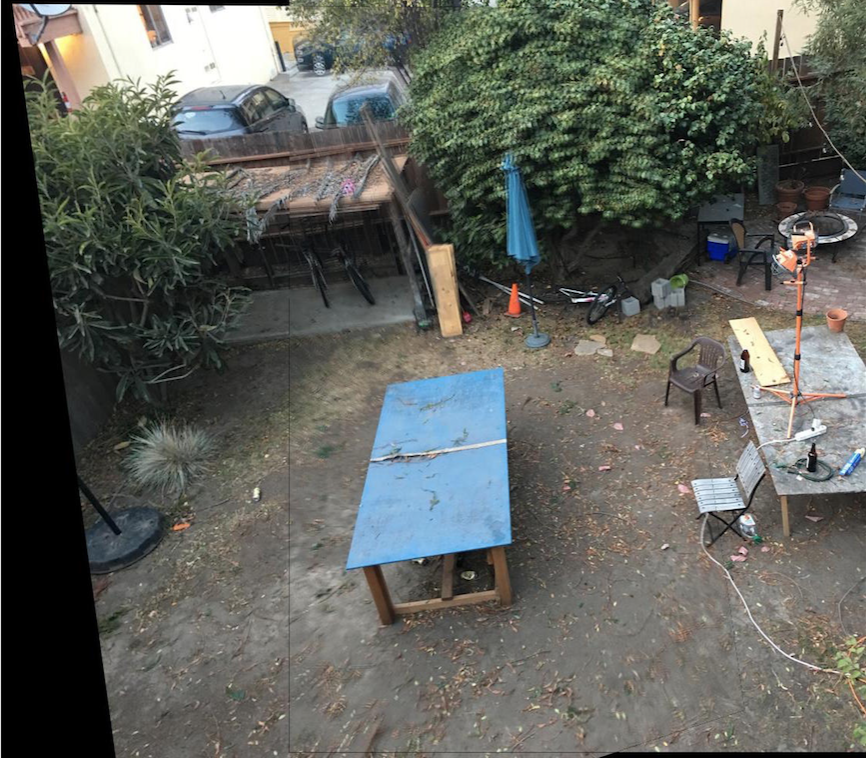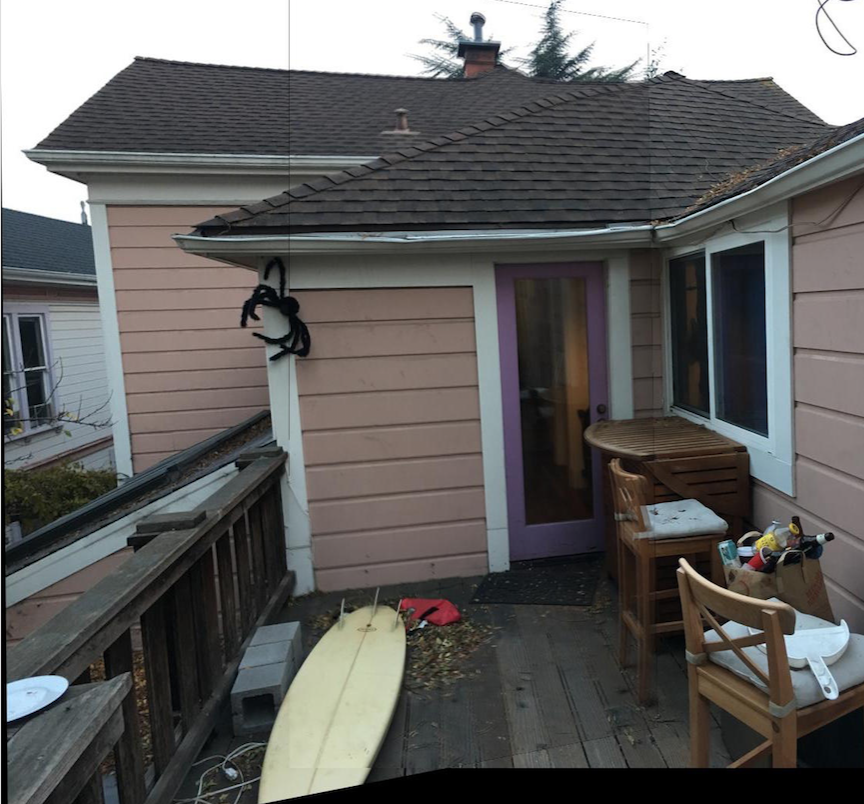Recover Homographies
To recover the homographies, we first captured two images with overlapping fields of view, and for each image, select 4 point correspondences. We then calculate the homography H, defined as p' = Hp for points p and p', by using least squares on the following matrix Ah = b
.
Warp Images
To warp the images, we then multiply an input image A with the calculated homography that takes image A to another image B, and the corresponding point correspondences.
Image Rectification
Using this technique, we can rectify images by warping an image to a rectange such that the plane is frontal-parallel, by defining the second corresponding points on the same image, in the desired rectangle.
|
|
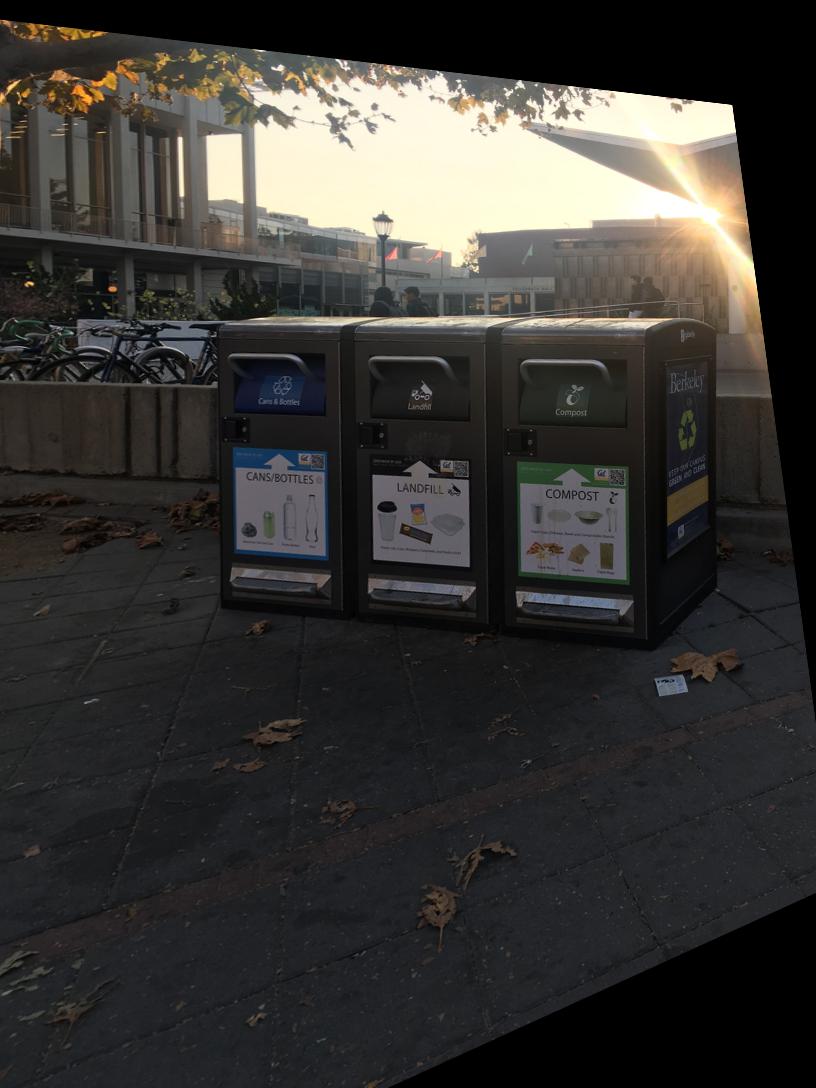
|
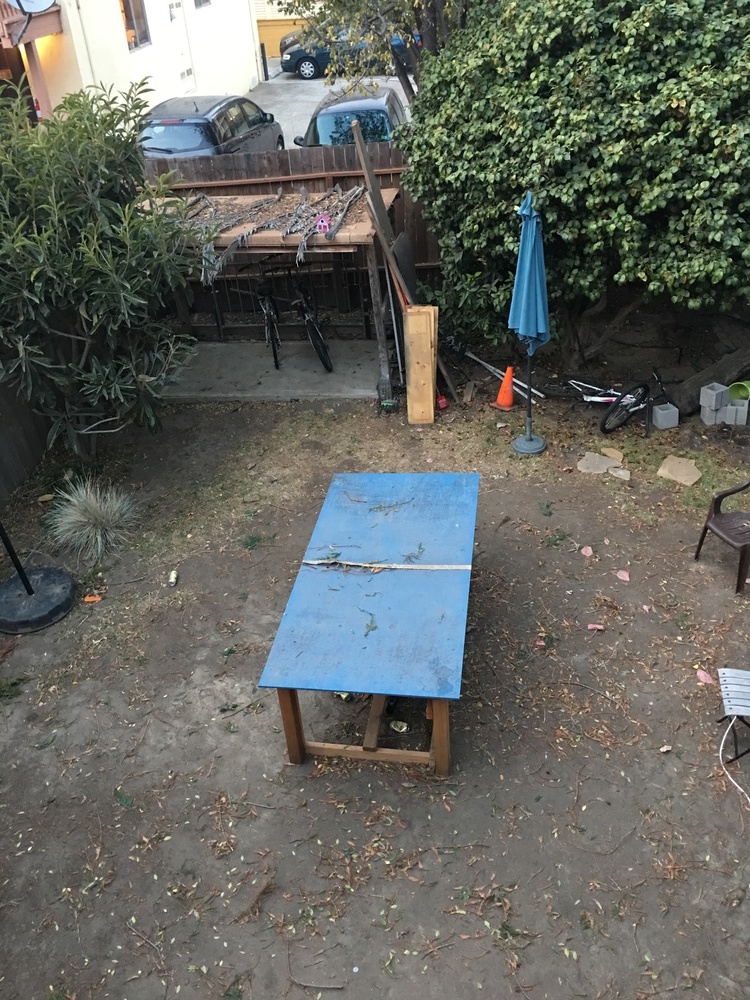
|
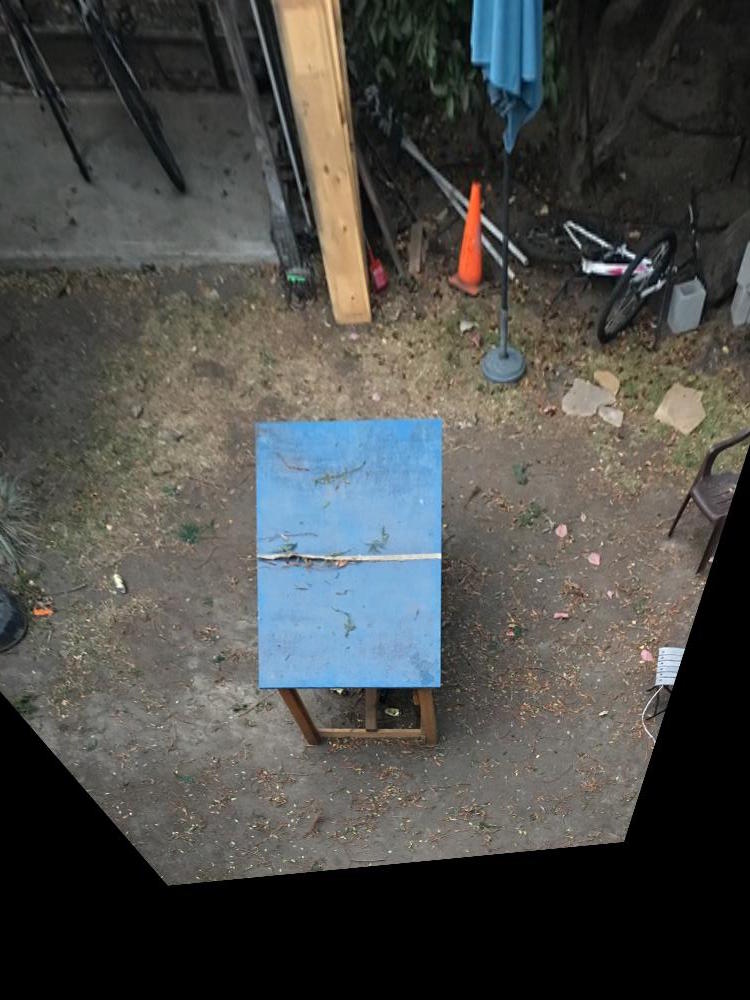
|
Mosaics
Again using this technique, we can merge two images of the same object together into a mosaic by defining the point correspondences on the same object. We define image B as the "goal image", and find the homography from image A to image B. We can then blend the two images together to create a single image that encompasses the view of both iamges.
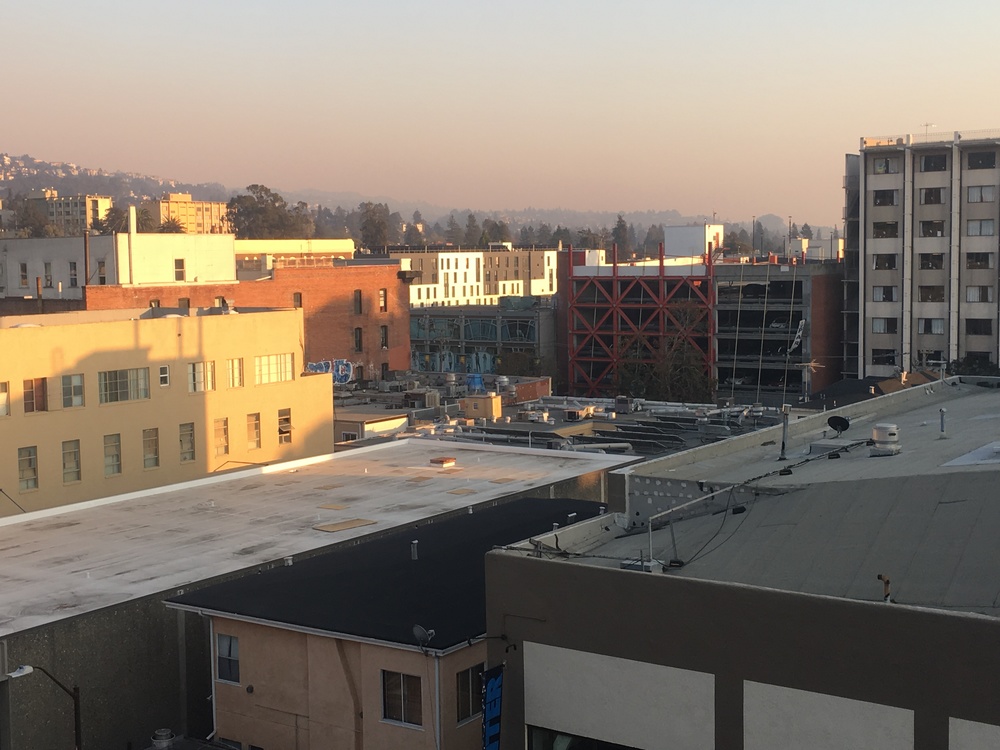
|
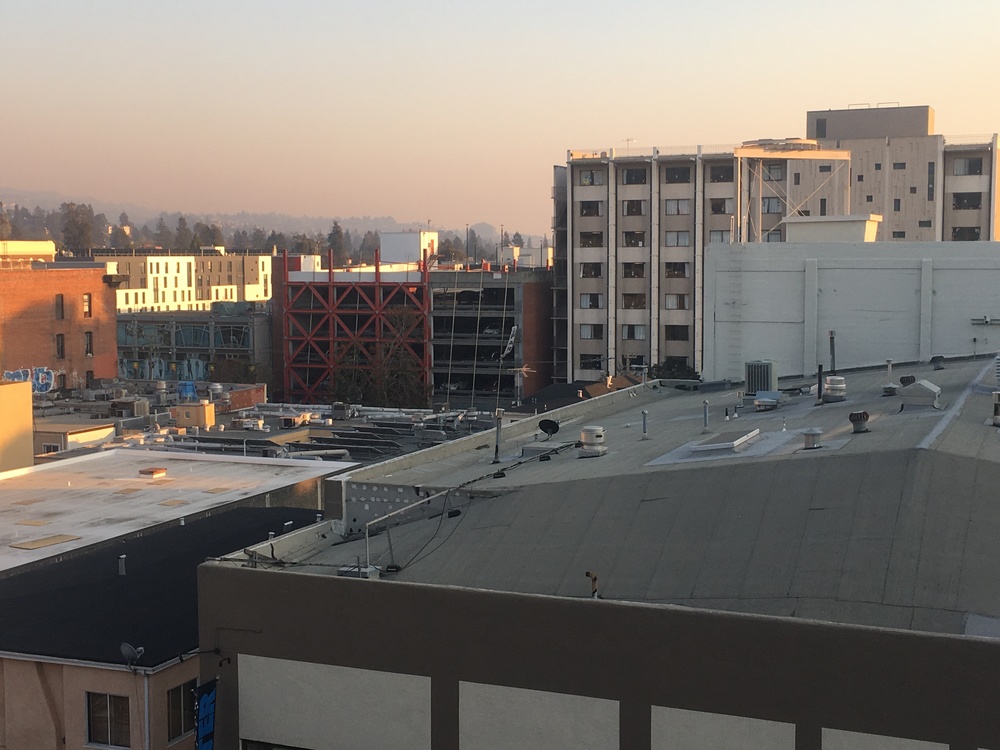
|

|
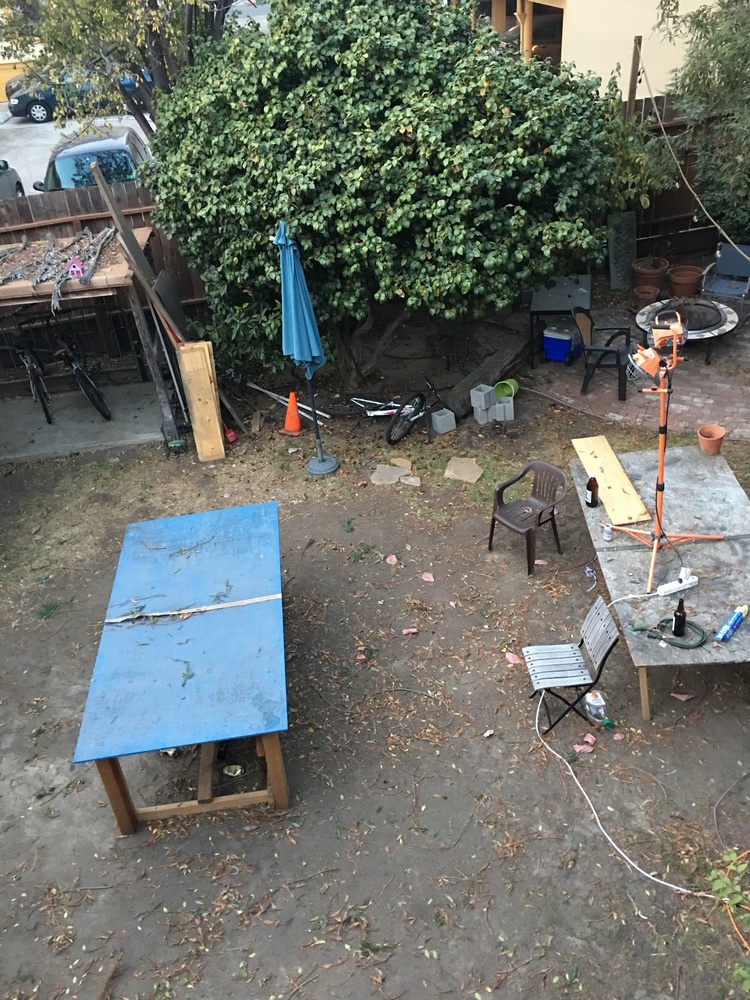
|
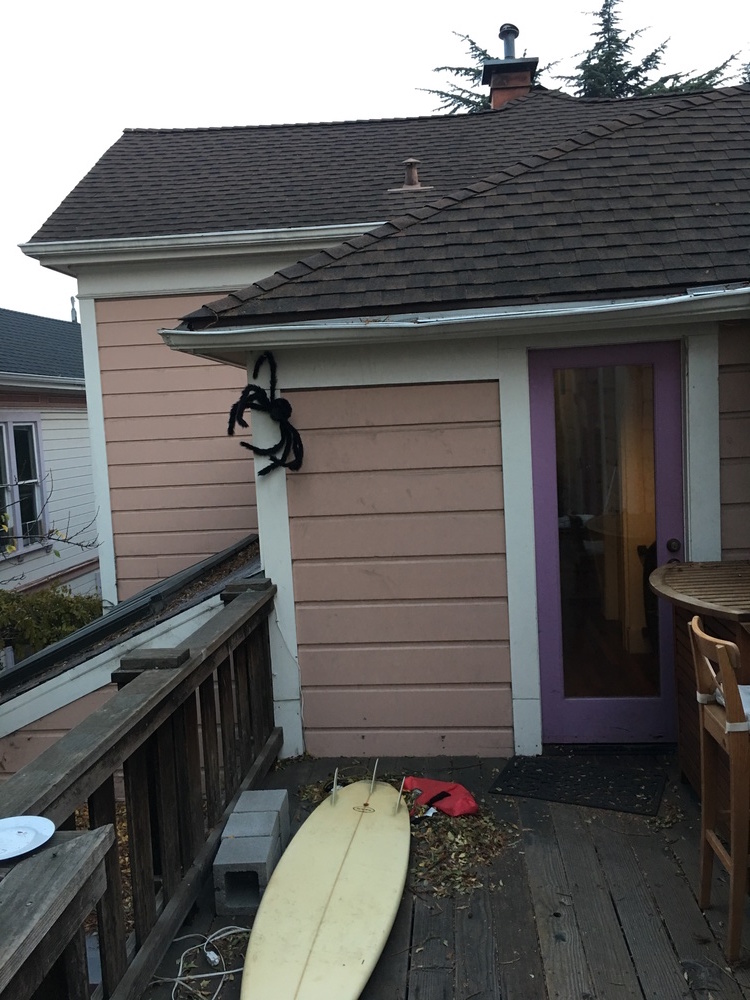
|
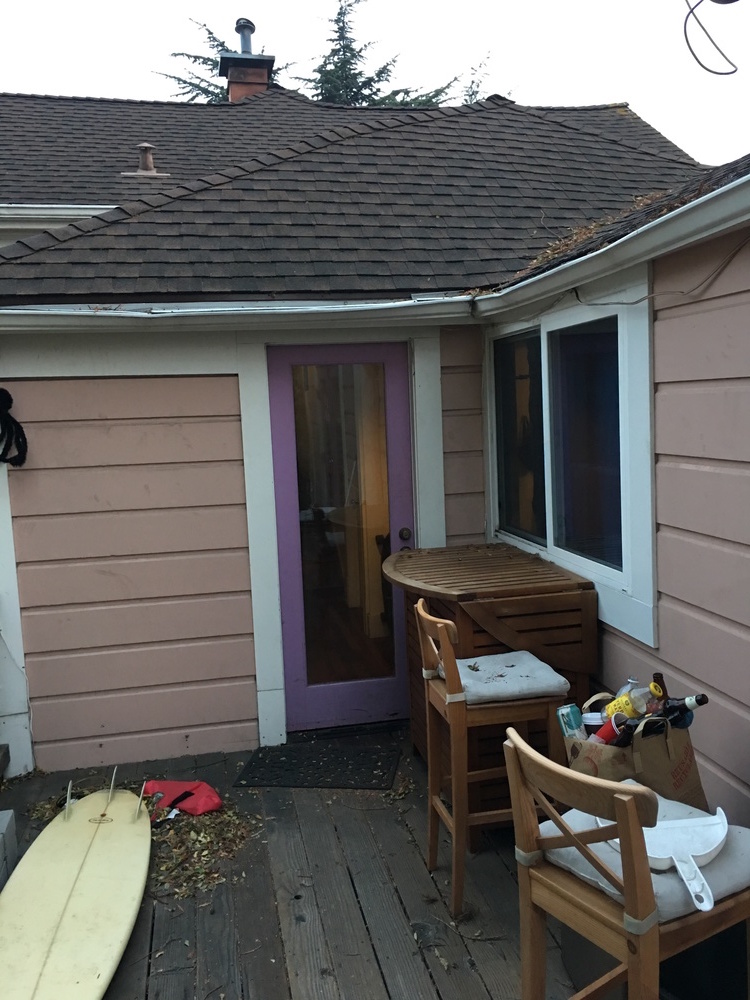
|
Conclusion
Unfortunately, I spilled boba on my laptop and nuked all my progress right before the deadline, and didn't a laptop for several days, so that sucked. Either way, I've always wondered how panoramas worked and now I know. Wow!
